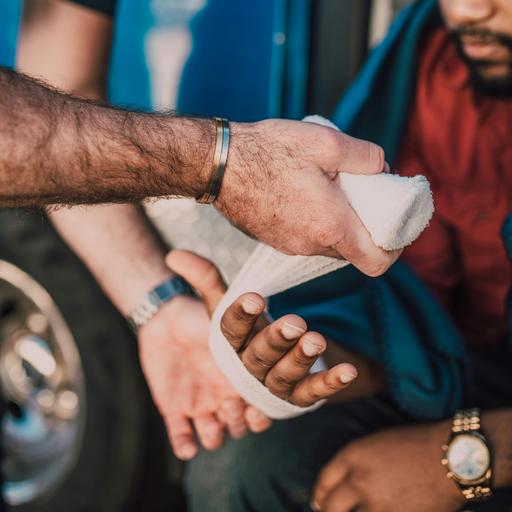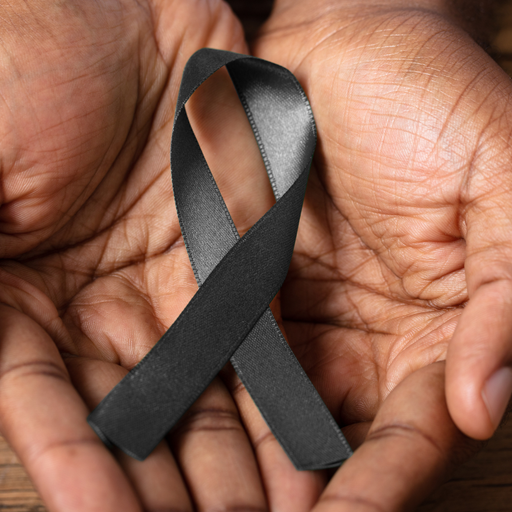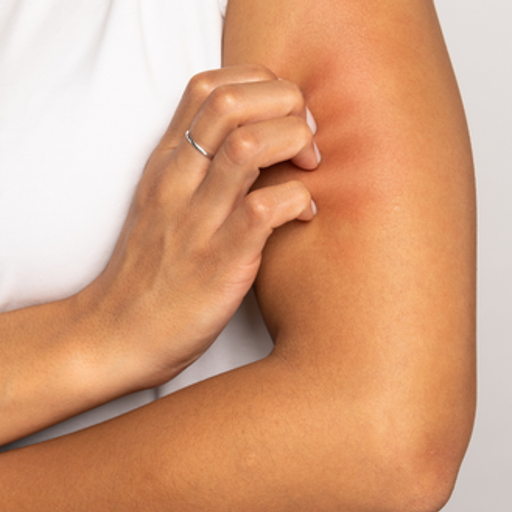The Biggest Misconceptions About Wound Healing

Wounds happen every day, whether you scrape your knees, cut yourself shaving, have a surgical procedure, or even scratch a bug bite. No matter what causes the wound, the right care is necessary to ensure that the skin heals properly. Not taking care of the wound correctly can increase the likelihood of scarring and marks.
In order to understand how to best care for wounds, we must first understand the wound healing process.
- After a cut or injury, the skin works to control bleeding in a process known as hemostasis, where damaged blood vessels form clots.
- Next, blood cells rush to the cut to protect the open skin from infection.
- New skin cells will fill the wound from the edges, and new blood vessels will form. This process occurs best when the wound is protected from the environment, keeping the concentration of oxygen in the wound low and maintaining a moist environment.
- Finally, as new collagen forms, the wound becomes stronger, and a scar develops.
The biggest misconception about wounds is that they need to “breathe” to heal. However, wounds heal faster and better when protected and when a scab does not develop. Moist wound healing is optimal because it creates an environment that promotes new cell growth and allows those cells to fill in the wound. By providing an occlusive environment, a scab does not need to form because the ointment does that job of protecting the skin. Think of a scab as nature’s bandage. It forms because it needs to, so a wound can be protected. When scabs form, wounds heal slower and often with a more noticeable scar or mark. Modern science has given us an understanding of wound healing and has allowed us to improve on our bodies’ natural healing response for improved outcomes.
The way you treat a wound in the first few days can significantly impact the healing process and the long-term appearance of your skin.
- First, a wound that is not protected from the environment is at risk of getting infected.
- Secondly, a moist, protected wound helps the skin heal quicker than if you kept it dry. The moisture allows skin cells to move from the wound edge to the inside of the wound more quickly, leading to more rapid healing. Also, protected wounds are often less painful than those left to dry and form scabs.
- Finally, when a dry wound forms a scab, this can contribute to thicker scars that are often more noticeable after healing. Ideally, no scab would form, allowing the wound to heal from the inside out with a minimally noticeable mark in the end.
Besides direct wound care, our overall health and the location of a wound can impact healing. Diabetes, smoking cigarettes, poor nutrition, stress, and lack of sleep can impact wound healing. The location and severity of the wound also contribute to wound healing. Deeper wounds heal more slowly, as do wounds that occur in areas of poor circulation, like legs and feet. Leg and foot wounds are particularly sensitive because of daily, inadvertent trauma to the area that may interfere with healing.
If you develop a minor wound or burn, you can take care of the wound appropriately at home.
- First, make sure you clean the area with soap and water. Avoid harsh antiseptics like drying alcohol or hydrogen peroxide, as they can be damaging to the skin.
- Apply an occlusive ointment like Vaseline Healing Jelly to the area to keep the wound moist. While antibiotic ointments can be effective, they can cause allergic reactions in some patients.
- Cover with a bandage and change one to two times per day. As you change your bandage, inspect the wound for signs of infection, including redness, tenderness, swelling, or pus.
- Keep the wound covered until it fully heals. This will prevent a scab from developing and allow the wound to heal quicker and with a better result.
Vaseline Healing Jelly is clinically proven as an effective treatment for wounds. It safely forms a protective barrier over the wound that keeps infections out and hydration in, creating that optimal, moist environment that encourages wound healing. The formula contains a single ingredient, triple-purified petrolatum, which is hypoallergenic, noncomedogenic, and appropriate to use across all skin types. Plus, the affordable price point makes it an excellent option for people with all budgets.
Early application of Vaseline Healing Jelly on a wound can enhance wound healing and ultimately lead to an improved appearance of a mark on the skin that may be left over. The barrier created by jelly promotes even collagen production, for softer, smoother, and less apparent scars.
The key takeaway is that no matter what the cause of a wound in the skin, early, effective care is important for optimal healing. Vaseline Healing Jelly is a safe, effective, and clinically proven treatment for wounds that can be used across all skin types and can ultimately minimize the appearance of any marks left behind. Your skin knows how to heal itself, and Vaseline can help the skin do that job.


